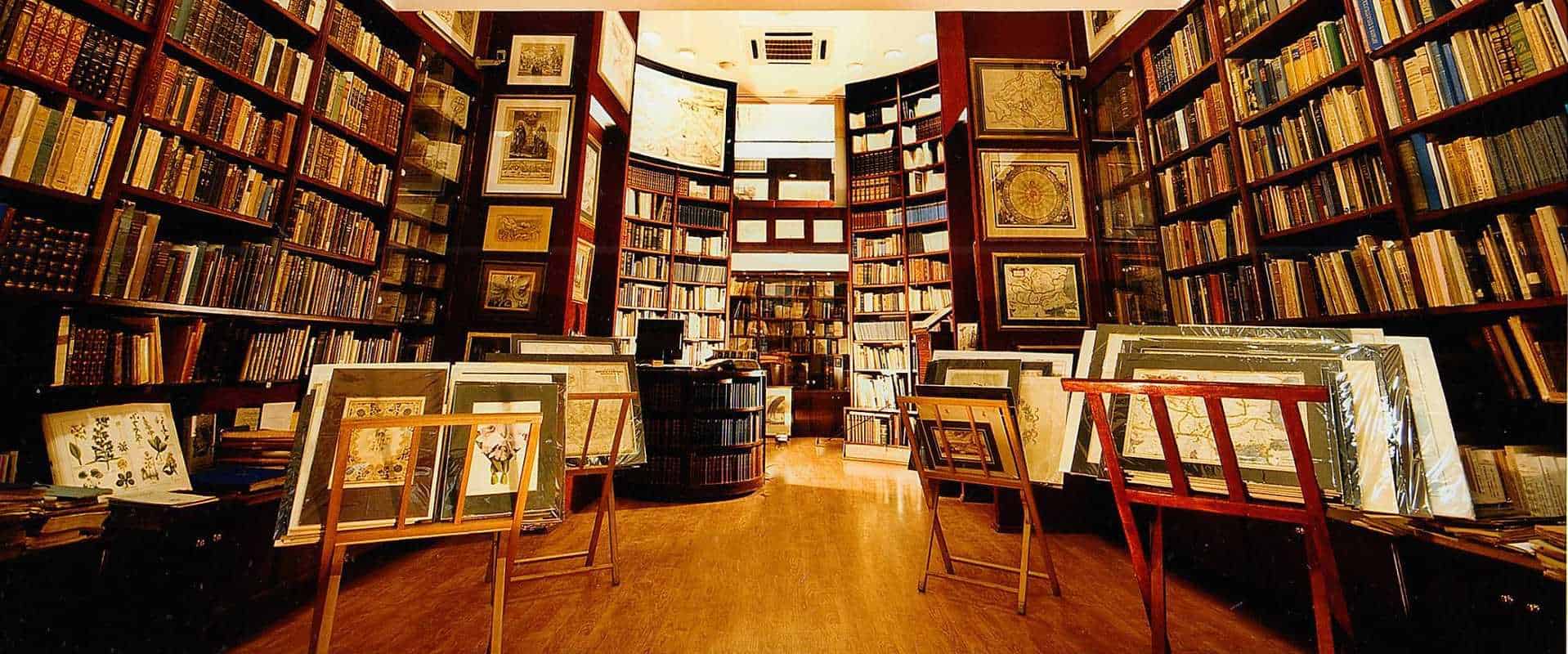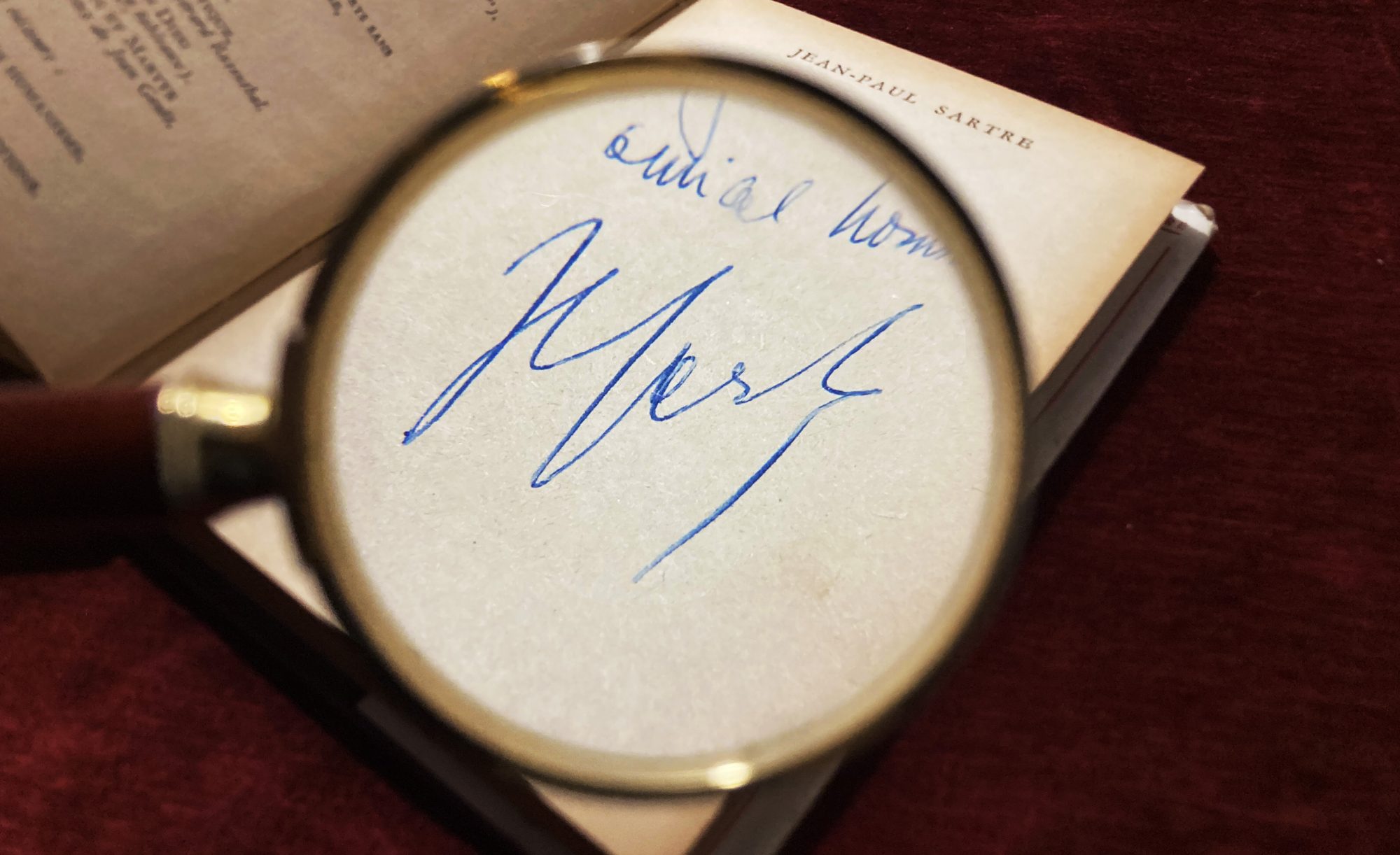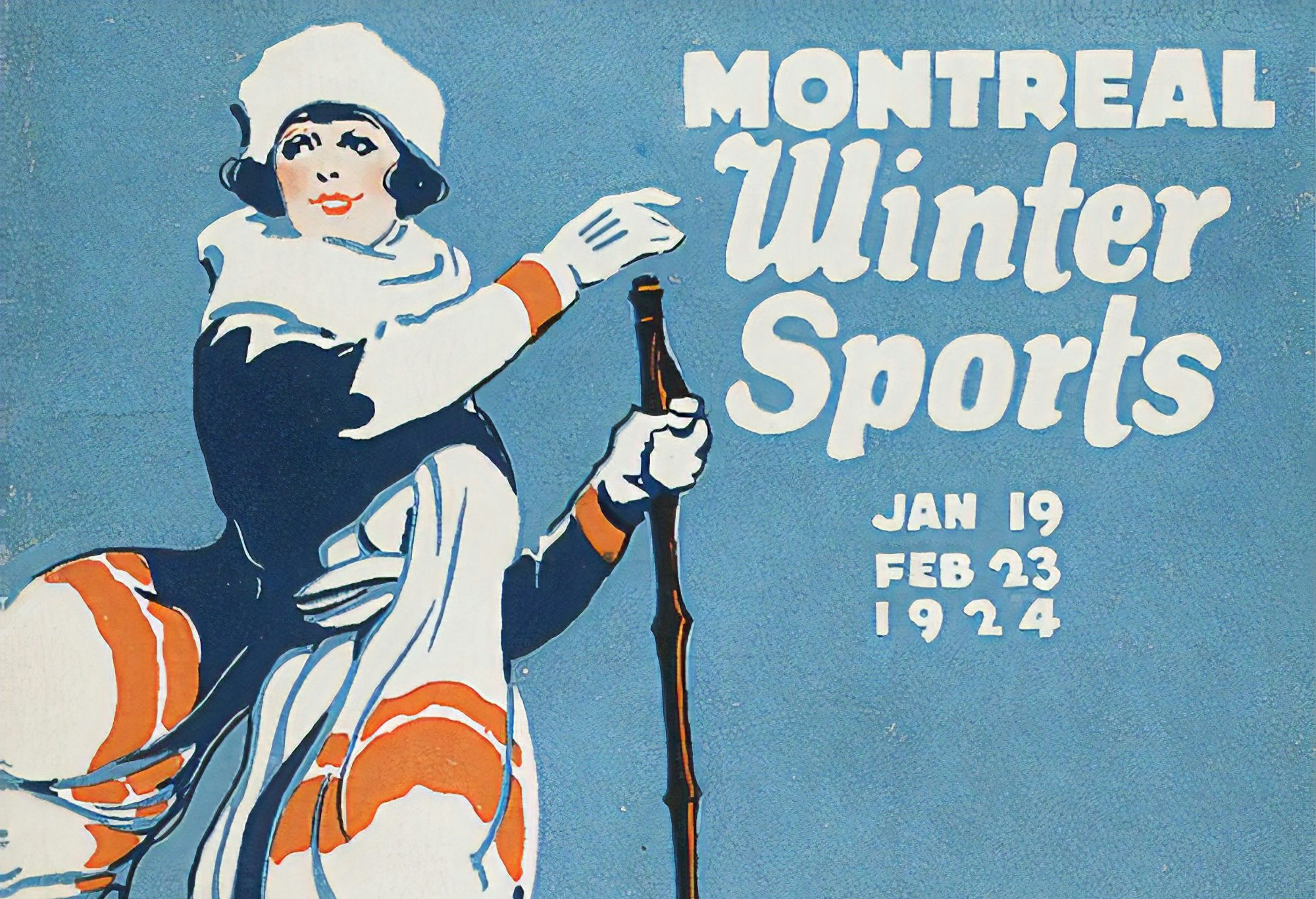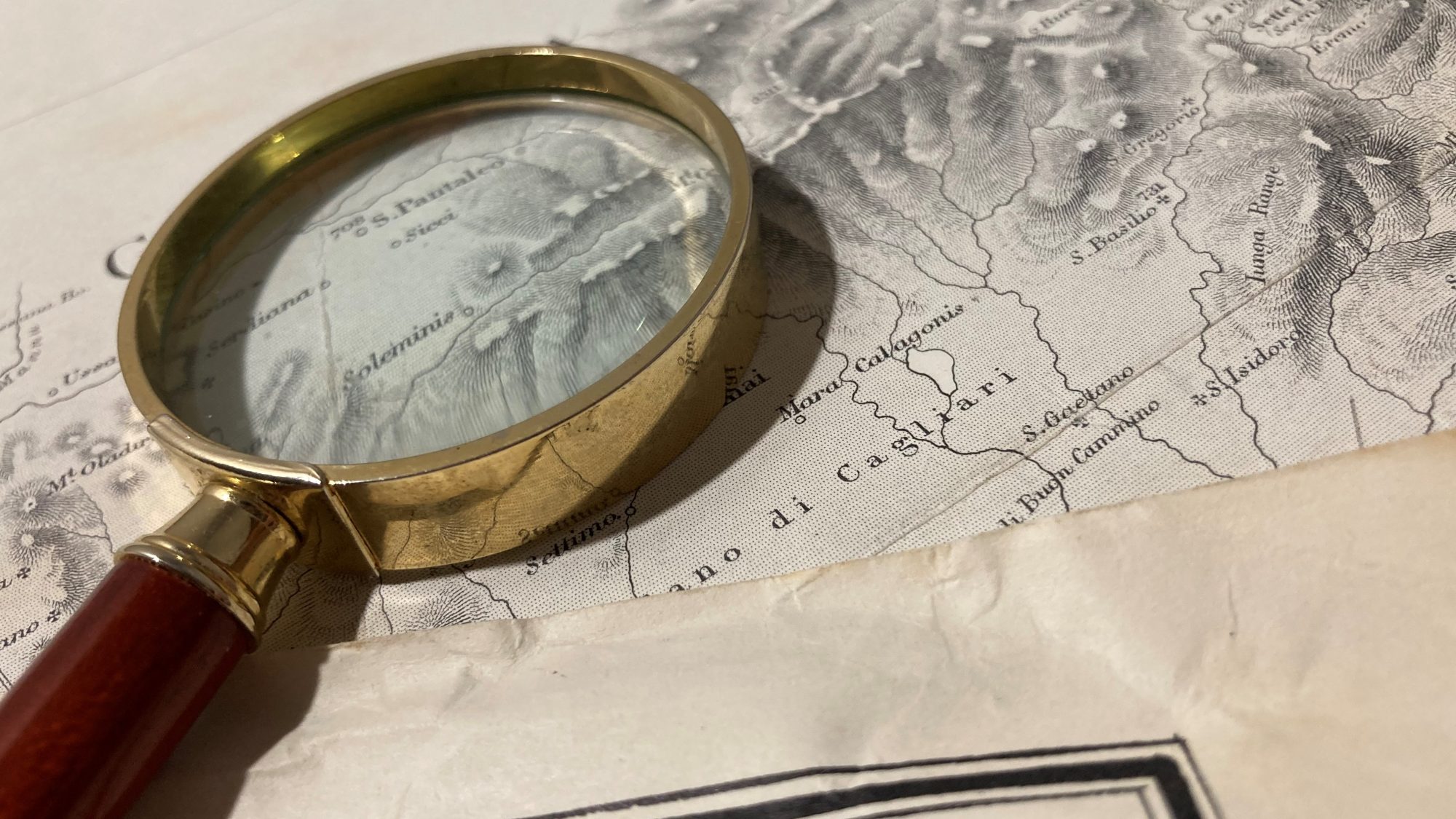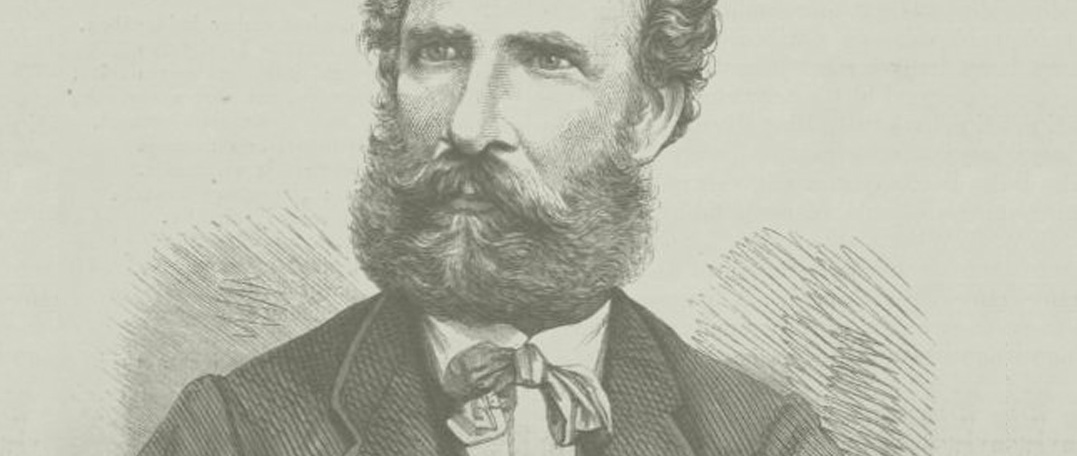
Blog
Collecting travel books
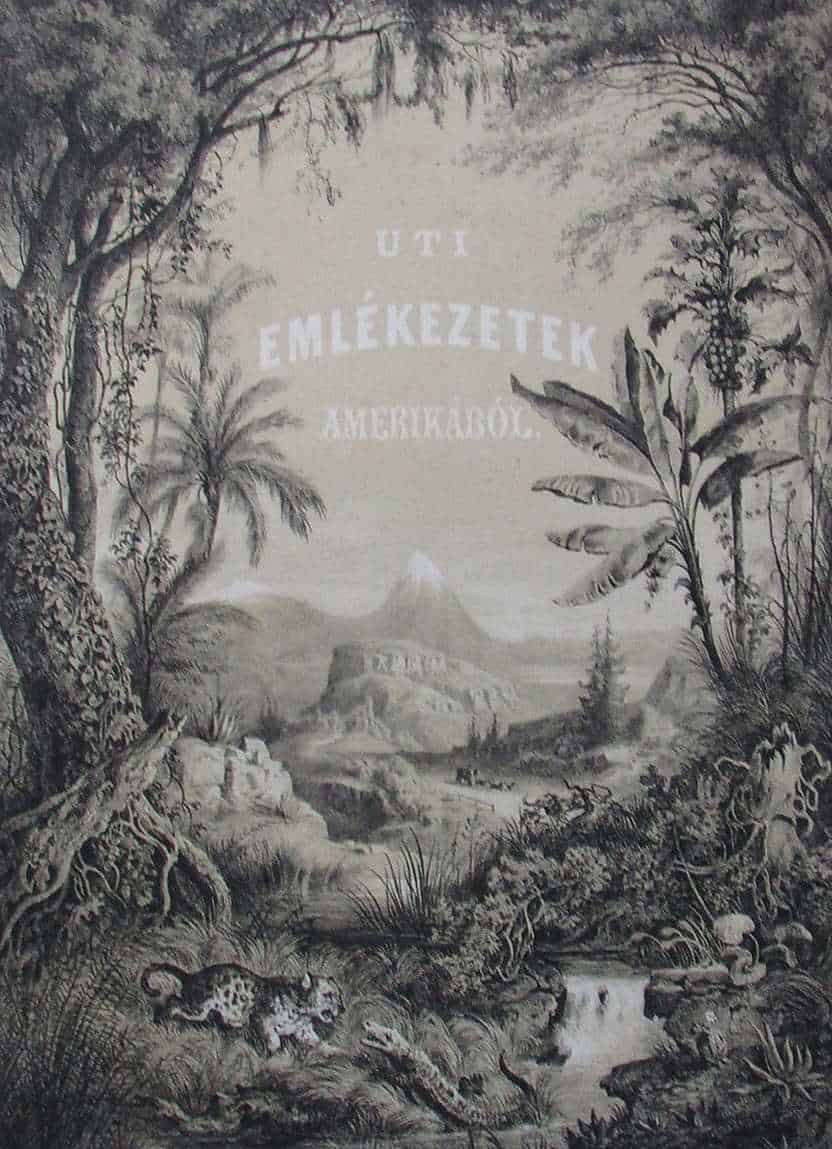
Travel books
Before you ask yourself about collecting travel books, you should get familiar with their form and their evolution. Travel books can be found in various time periods throughout history. They are often mixed with some other fiction and non-fiction forms. It might confuse you at first, but it is actually quite logical when you give it some thought. We can find some of the oldest written pieces of literature in this particular field. For example, Homer’s “Odyssey” is primarily a work of fiction. However, it contains portrayals of real places, such as the Ancient Mediterranean land. This example is a bit extreme as the “Odyssey” is full of mythological and fantastic events. But, we can use it as a starting point for understanding the evolution of travel books. On the other end, we have modern travel guides.
Fantasy and reality
The reason for this comparison is an ever-present opposition between fantasy and reality throughout human history. That also applies to written forms of human creativity. As time passed, the world has become a much smaller place. The facts have slowly beaten fantasy. However, the most fascinating and interesting segment of travel books is the magical moment that they possess.
When you are reading a modern travel guide as a preparation for a visit to an exotic country you can see all the things described in a book. You can see beautiful landscapes, breathtaking historical monuments, or geological wonders of nature. It will surely be a more powerful experience seeing it than reading it in a book. However, it will look exactly as described. But, if you were traveling the route of a New Lands explorer, you wouldn’t see the mermaids, monsters of the deep, or giant whirlpools described in his travel journal.
The popularity of travel books
The craze for travel literature started with geographic discoveries. The invention of the printing press and the rise of literacy among the common folk also played a significant role. As the seafarers and explorers came home from foreign lands, they told stories about their adventures and experiences. Some of them even wrote and published journals. Clerics and scholars often accompanied travel expeditions. The information about the foreign lands was often inaccurate, distorted, and sometimes simply not true. This occurred as a consequence of the language barriers, misinterpretations of information, or just plain ignorance. The maps in these travel books were mostly inaccurate and the illustrations were significantly different from today’s standards.
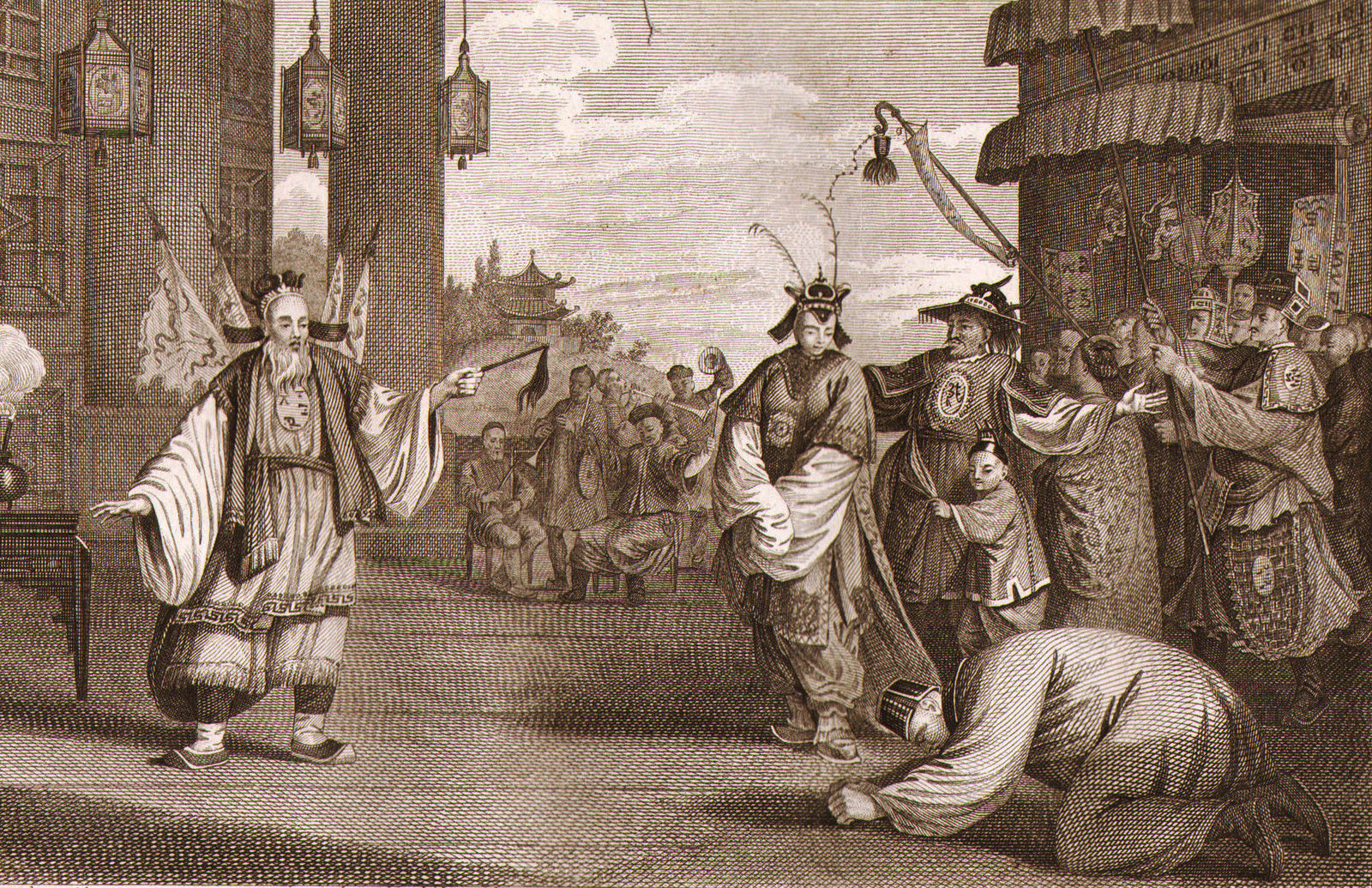
“Voyage dans Interieur Chine Tartarie” is a breathtaking work from the late 19th century worthy of notice.
In the times of the first explorers, traveling was safer and cheaper. Soon after them came the professionals whose main purpose of traveling was to record culture, geography, local customs, and other wonders of the newly discovered world. With their arrival travel books became more accurate, but the locations were still very exotic for their readers. Some of them never ventured further than to the nearest town. It was their magical window into the world that they would never see with their own eyes.
Nowadays those early travel books stand as a testimony to the never-ending human hunger for knowledge and exploration. Their informative value is mostly reduced to a historical significance. These books still remain the portal for our minds, allowing us to perceive the world in a completely different way. If you want to collect travel books, this is surely one of the main reasons why.
Images from listings at Sigedon Books and Antiques store.


